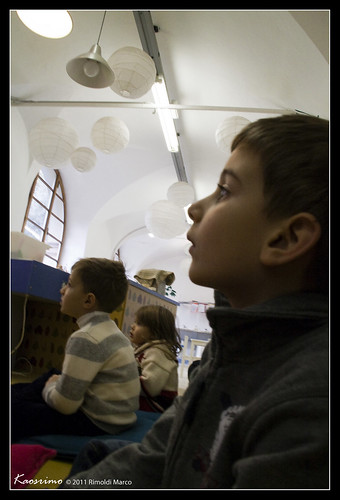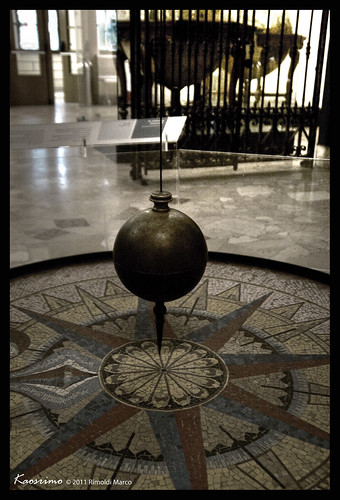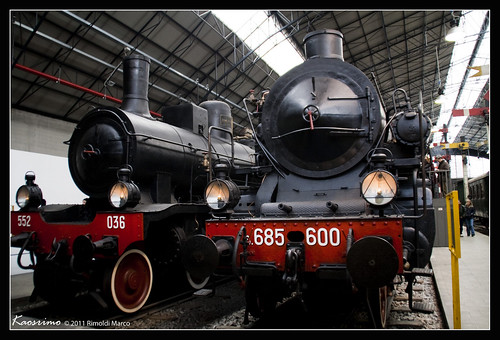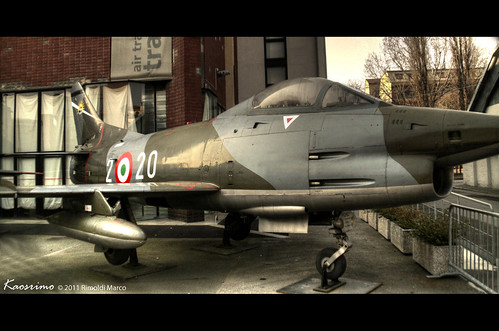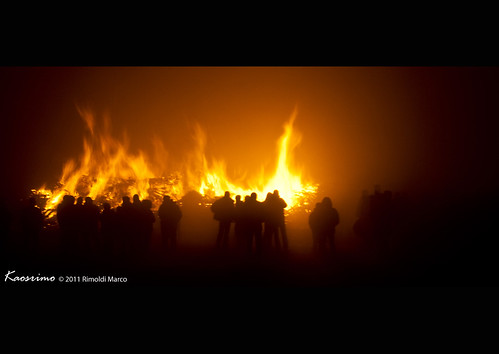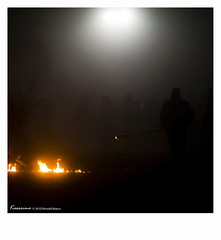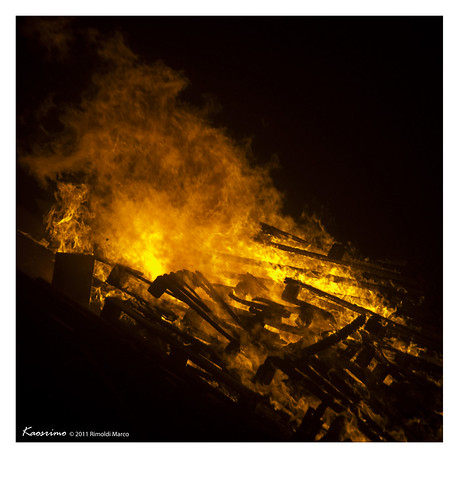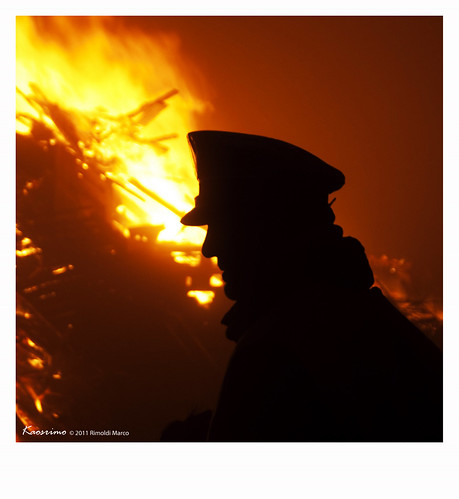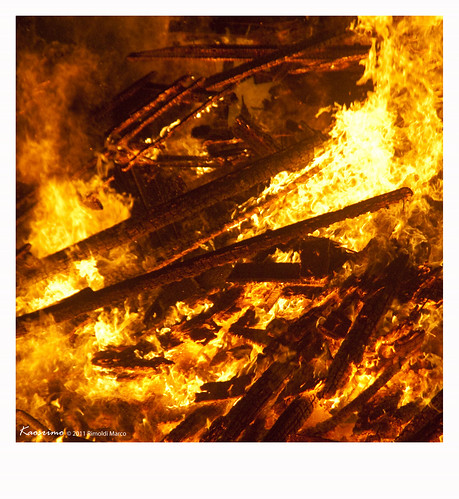27. Count Twenty Thousand Leagues Under the Sea at the Museum of Science and Technology
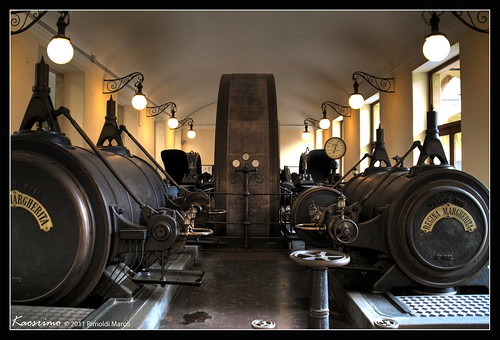 Centrale Termoelettrica “Regina Margherita” – Franco Tosi
Centrale Termoelettrica “Regina Margherita” – Franco Tosi
| Il museo della scienza e della tecnologia è situato in un monastero olivetano costruito agli inizi del Cinquecento. Si trova in via San Vittore, 21, raggiungibile a piedi dalla fermata S. Ambrogio della metropolitana M2. | The Museum of Science and Technology is located in a Olivetan monastery built in the early sixteenth century. It is located in Via San Vittore, 21, reachable by foot from the nearest S. Ambrogio underground station. |
| Il museo negli ultimi anni il ha lavorato molto per soddisfare le nuove esigenze culturali della società d’oggi. Sono stati costituiti diversi dipartimenti, ognuno dei quali sviluppa studi e ricerche sulle collezioni e soprattutto realizza attività educative per ragazzi di tutte le età. | The museum in recent years has worked hard to meet new cultural demands of today's society. Different departments were set up, each of which develops collection’s studies and research, and most of all realize educational activities for kids of all ages. |
| Ogni dipartimento cura anche le diverse collezioni del museo. In quella strumenti musicali molto bella è la bottega del liutaio. | Each department also takes care of the various museum collections. In the musical instruments one is beautiful the luthier's workshop. |
| Sempre nell’edificio principale potrete trovare la sezione dedicata all’astronomia, alle telecomunicazioni e soprattutto, assolutamente da non perdere, la collezione Leonardo Da Vinci, ovvero una serie di modelli realizzati interpretando e completando i disegni leonardeschi.
| Always in the main building you can find the astronomy and telecommunications section, do not miss also the Leonardo Da Vinci’s collection, a series of wooden models made starting from the original Leonardo drawings. |
| Tra gli altri edifici c’è anche il padiglione Ferroviario, la cui facciata è la riproduzione di una stazione di fine Ottocento. All’interno troverete una ventina tra locomotive a vagoni. | Among the other buildings there is also the Railway pavilion, whose façade is a reproduction of a late nineteenth century station. Inside you'll find twenty of locomotives and wagons. |
| Il padiglione Aereonavale è forse il più impressionante, oltre a numerosi aerei vi troverete di fronte a due reperti immensi: il brigantino-goletta Ebe e l’intero ponte di comando del transatlantico Conte Biancamano. | The aero naval pavilion is perhaps the most impressive, in addiction to many aircraft you can also find two huge pieces: the schooner-brig Hebe and the entire bridge of the transatlantic liner Conte Biancamano. |
| In fine a sinistra del padiglione Ferroviario, si trova il sottomarino Enrico Toti (visita a pagamento su prenotazione), il sommergibile è stato donato dalla Marina Militare al museo nel 2005. Celebri furono le operazioni di trasporto dal porto di Augusta fino la museo, soprattutto per il tratto via terra da Cremona a Milano. | On the left of the Railway pavilion, there’s the submarine Enrico Toti (visit fee by reservation), the submarine was donated to the museum by the Navy in 2005. Notable were the transport operations from the port of Augusta to the museum, especially the stretch from Cremona to Milan. |

L’interno del Toti
| Una curiosità sui due motori a gasolio che vedete nell’immagine. Il motore destro del sottomarino era chiamato Turiddu, diminutivo in siciliano di Salvatore, ed il sinistro Ianuzzu diminutivo di Sebastiano; entrambi i nomi sono stati tratti da un romanzo di Giovanni Verga. | A curiosity on the two diesel engines that you see in the image. The right engine of the submarine was named Turiddu, Sicilian diminutive of Salvatore, and the left Ianuzzu short for Sebastian, both names were taken from a novel by Giovanni Verga. |
Immagini © 2011 Rimoldi Marco L’intero album con le immagini di questo post è disponibile su flickr.  Alcune parti del testo derivano da una riproduzione o una modifica del testo delle rispettive voci di Wikipedia, pertanto l’intero testo è disponibile secondo la Licenza Creative Commons. Alcune parti del testo derivano da una riproduzione o una modifica del testo delle rispettive voci di Wikipedia, pertanto l’intero testo è disponibile secondo la Licenza Creative Commons. | Pictures © 2011 Rimoldi Marco The complete album is available on flickr.  Some parts of the text are a reproduction or a text editing from the respective Wikipedia article, so the entire text is available under the Creative Commons License. Some parts of the text are a reproduction or a text editing from the respective Wikipedia article, so the entire text is available under the Creative Commons License. |

